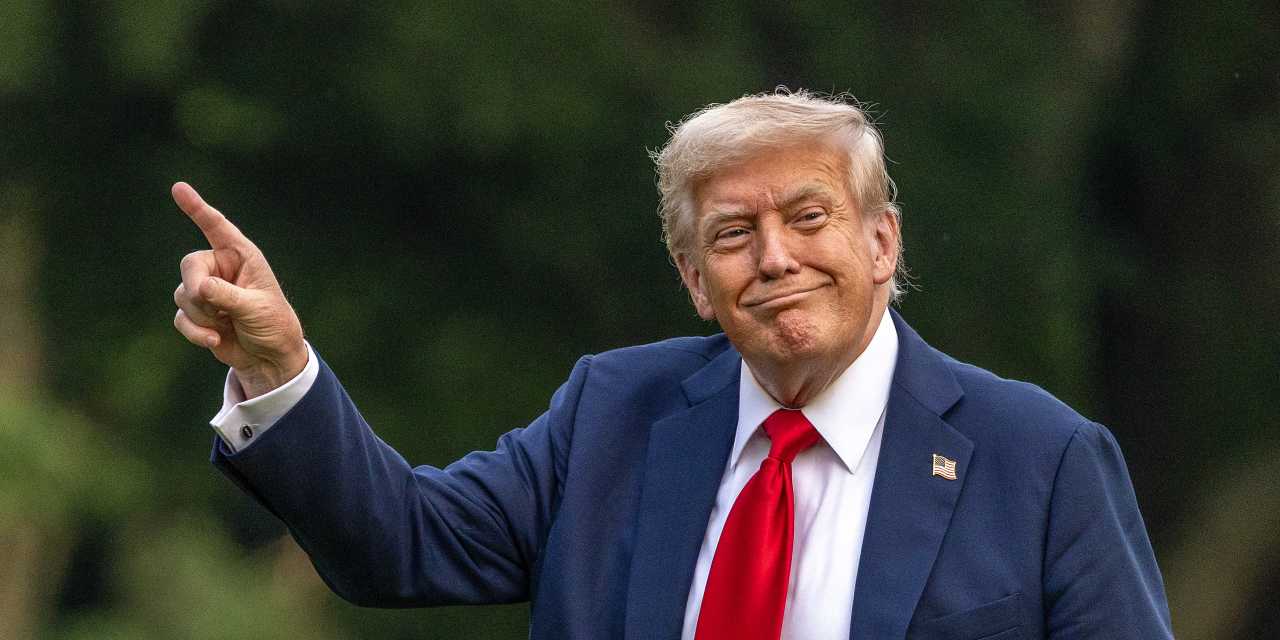Trump unveils Japan trade deal with 15% tariff cut

Trump Announces New Trade Frameworks with Japan and the Philippines
President Donald Trump has introduced a new trade framework with Japan, marking a significant shift in U.S. trade policy. As part of this agreement, a 15% tax on goods imported from Japan has been announced. This move comes as Trump continues to emphasize his reputation as a skilled dealmaker, even amidst ongoing concerns about the impact of his tariffs on the economy.
On social media, Trump shared his vision for the deal, stating, “This Deal will create Hundreds of Thousands of Jobs — There has never been anything like it.” He also expressed confidence in the future of the U.S.-Japan relationship, asserting that the United States would maintain a strong bond with the country.
According to the president, Japan is expected to invest $550 billion into the U.S. at his direction. Additionally, Japan will open its economy to American automobiles and rice. This 15% tax represents a reduction from the previously proposed 25% rate that Trump had indicated would be implemented starting August 1. However, some details remain unclear, such as whether Japanese-built vehicles will face the higher 25% tariff that was initially imposed on the automotive sector.
The announcement aligns with a broader trend of Trump's trade policies, which aim to position the tariffs as beneficial for the United States. The administration claims that these measures will help reduce the budget deficit and encourage more factories to relocate to America, thereby addressing trade imbalances.
Despite these promises, the ongoing wave of tariffs continues to raise concerns about potential impacts on consumers and businesses. Companies may pass on the costs of these tariffs, leading to higher prices. This issue became evident when General Motors reported a 35% drop in net income during the second quarter, citing tariffs as a factor that would affect its business in the coming months.
As the August 1 deadline approaches for the implementation of the tariff rates outlined in his letters to world leaders, Trump has also announced a trade framework with the Philippines. This agreement would impose a 19% tariff on goods from the Philippines while allowing American-made products to enter without import taxes. Additionally, Trump reaffirmed his 19% tariffs on Indonesia.
The U.S. trade imbalance with Japan last year stood at $69.4 billion, according to the Census Bureau. For Indonesia, the imbalance was $17.9 billion, and for the Philippines, it was $4.9 billion. These figures highlight the economic dynamics between the U.S. and these countries, which are less affluent than the U.S., with the imbalance indicating that the U.S. imports more from them than it exports.
Trump is set to implement the broad tariffs listed in his recent letters to other world leaders on August 1, raising questions about potential breakthroughs in talks with the European Union. During a Tuesday dinner, Trump mentioned that the E.U. would be in Washington on Wednesday for trade discussions.
In addition, the Trump administration has an ongoing negotiating period with China, scheduled to run through August 12. Goods from China are currently taxed at an additional 30% baseline. Treasury Secretary Scott Bessent is set to meet with Chinese counterparts in Stockholm next week, aiming to shift the American economy away from consumption and promote more consumer spending in the manufacturing-heavy Chinese economy.
Bessent emphasized the goal of transforming the U.S. into a manufacturing economy during an appearance on Fox Business Network. He stated, “If we could do that together, we do more manufacturing, they do more consumption. That would be a home run for the global economy.” This perspective underscores the administration’s broader vision for reshaping economic relationships and fostering mutual growth.